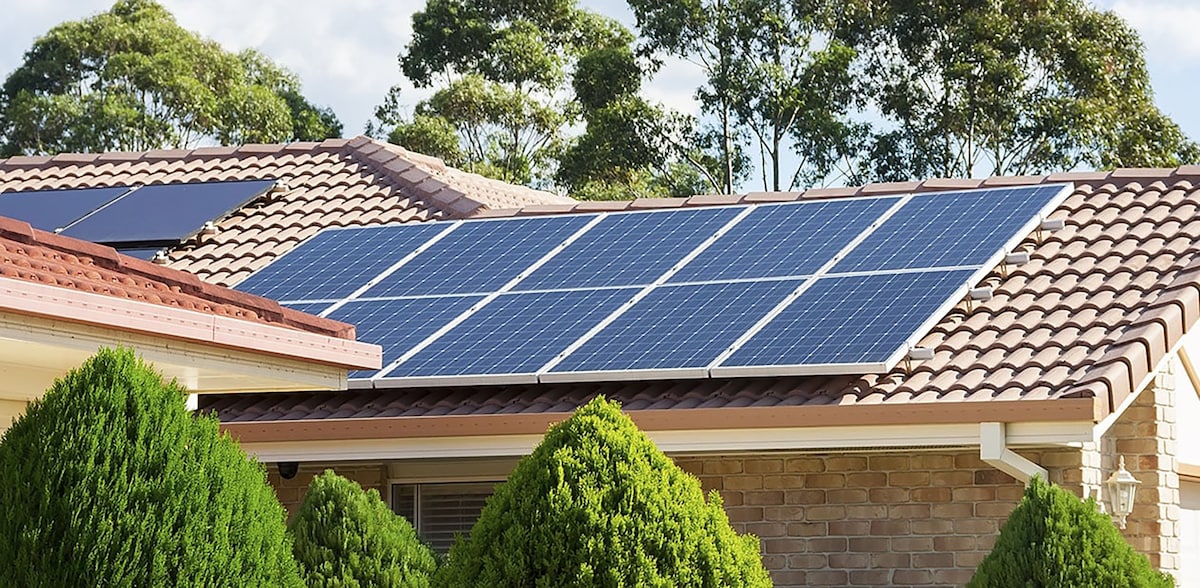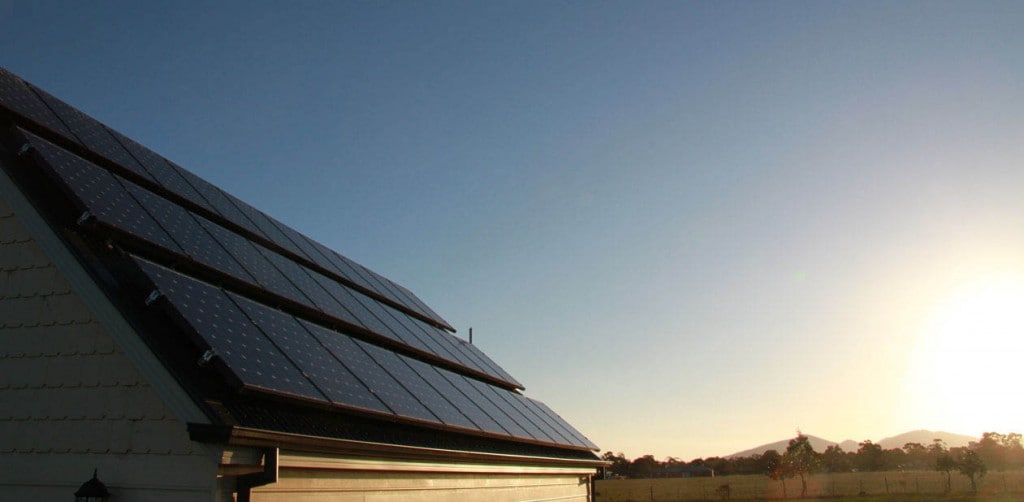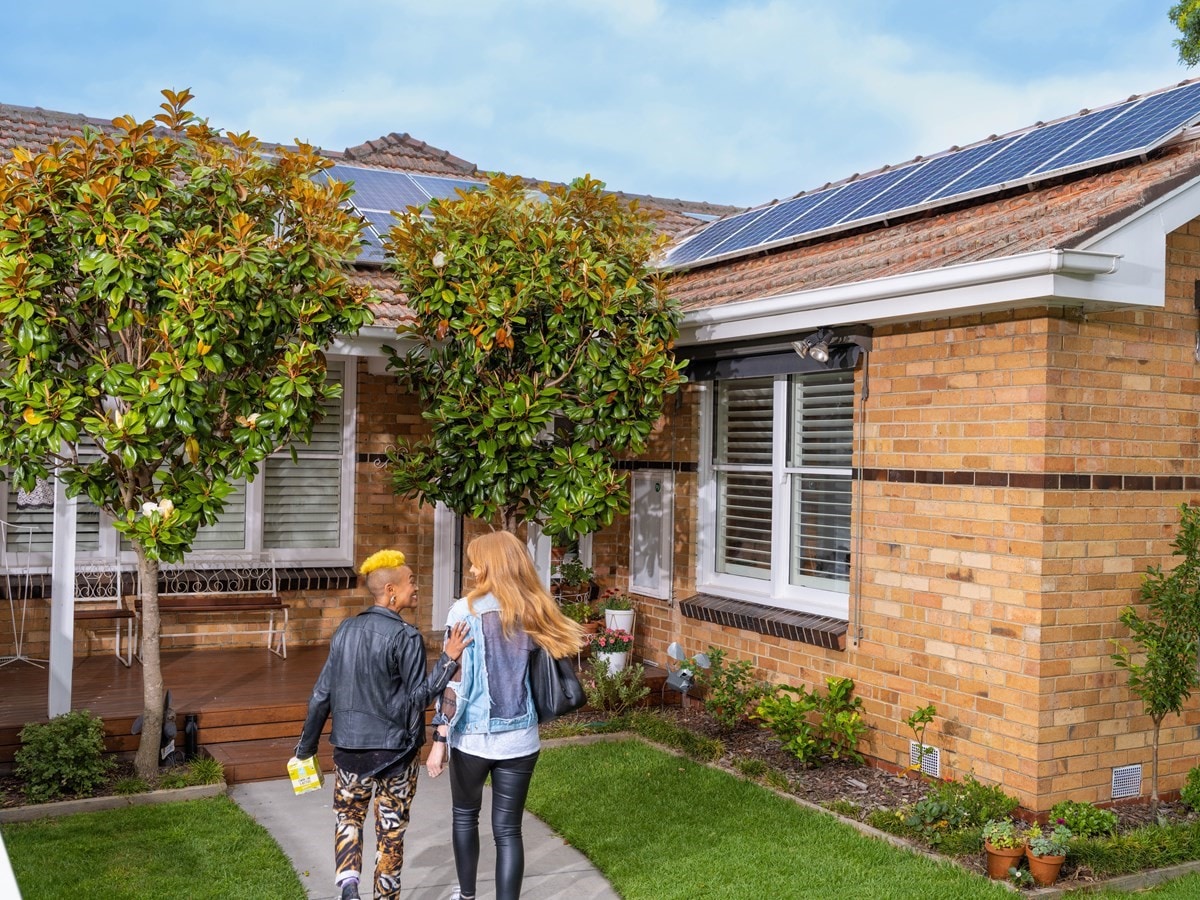Let's break down five common myths about solar power and get down to the nitty-gritty.
5 myths about solar power at home
Myth 1: “Solar is too expensive”
This may be the biggest myth surrounding solar. It’s easy to see how it started; like that first mobile phone carried around in a briefcase, early solar was expensive. But technological improvements and economies of scale mean having solar at home could now be more affordable.
But the initial price tag can still worry people - it shouldn’t. When you consider factors such as the Federal Government’s Small-scale Technology Certificates (STCs), feed-in tariffs and the ability to obtain power from the sun (and store it for use later), solar can help drive long-term savings. There may also be flexible ways to pay, to help minimise upfront costs.
Myth 2: “Feed-in tariffs don’t save you much money”
Feed-in tariffs shouldn't be the main reason to get solar, but they are a small added benefit.
On a very basic level, feed-in tariffs are your energy provider’s way of buying the excess energy you produce. Any energy you don’t use gets sent back into the grid, which could mean you save money on your energy bill.
The credit you may receive will vary depending on your energy provider and your state. But as an example, IPART estimates the typical NSW household with a 5kw solar panel system could save about $210 a year.
A great thing about solar is the ability to generate power which could help reduce your electricity bill. IPART estimates a typical consumer in NSW could save around $520 per year on their electricity bill using the solar electricity they generate.
Myth 3: “Not on my roof”
Some people worry that solar panels will damage their roofs. This may have its basis in truth. Getting a cheap solar solution installed by an unaccredited installer could definitely lead to roof damage.
Ensuring any solar solution is installed by qualified, CEC-accredited design professionals can help with the design of your system. Plus, we engage licensed, Clean Energy Council-accredited solar installers.
Myth 4: “Rebates aren’t worth the hassle”
Actually, they’re simpler than they seem. Firstly, rebates are called Small-scale Technology Certificates (STCs). However, they can be confusing because they work differently across various states.
When you purchase and install an eligible solar system, you’ll receive a certain amount of STCs. So, when you assign the rights to these STCs to your solar installer, you may receive a discount on the price of your solar system.
Now you’re in the know, it’s easy to make the most of STCs – just work with a provider who can talk you through it. You can ask them about the market rate for the STCs based on the state you live in.
Myth 5: “North-facing panels are best”
Panels can be installed across various roof areas, it all depends on your home. Traditionally, people installed north-facing panels on their homes and found its maximum output was around lunchtime. As solar panel prices began to fall, people started installing panels on the west and east to capture more sun at other times of the day.
If your main electricity use is early or late in the day, a mixture of different orientations may make sense to maximise production when the sun is in the east or the west. And if you have a battery, you could increase your chance of filling it before the sun goes down. It’s best to work with a solar company that can tailor the best design for your home and needs.
Interested in solar energy?
Solar can help make a big difference to your home energy. Explore how to get started and get the most out of this renewable energy solutions.



